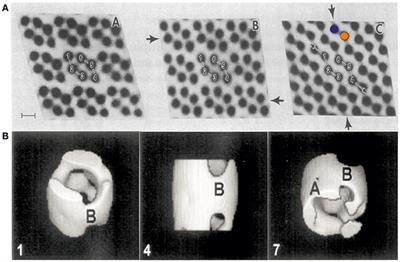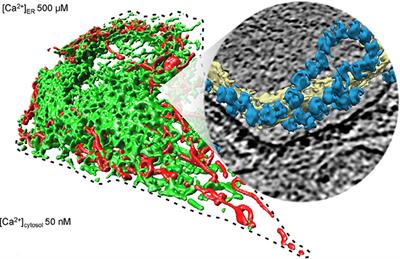EDITORIAL
Published on 31 Oct 2018
Editorial: Hidden Secrets and Lessons From the Crystal Structures of Integral Membrane Proteins: Channels, Pumps and Receptors
doi 10.3389/fphys.2018.01466
- 1,203 views
22k
Total downloads
185k
Total views and downloads
EDITORIAL
Published on 31 Oct 2018
MINI REVIEW
Published on 07 Mar 2018

MINI REVIEW
Published on 19 Dec 2017

PERSPECTIVE
Published on 09 Nov 2017

REVIEW
Published on 01 Nov 2017

REVIEW
Published on 06 Jun 2017

REVIEW
Published on 09 Feb 2016

MINI REVIEW
Published on 18 Dec 2015